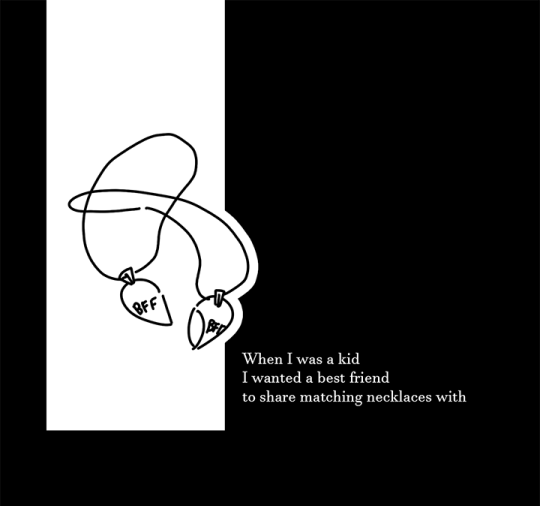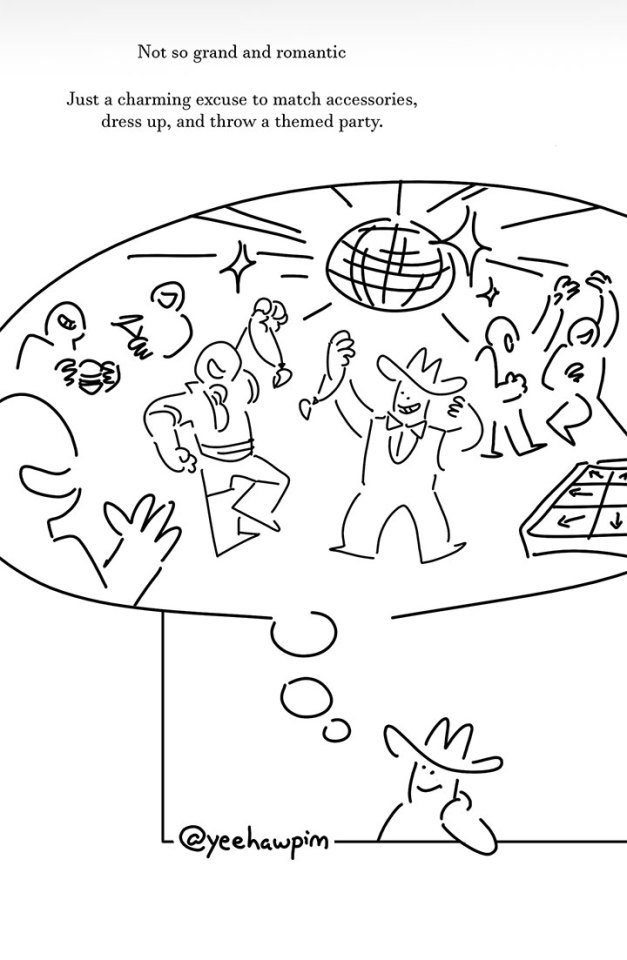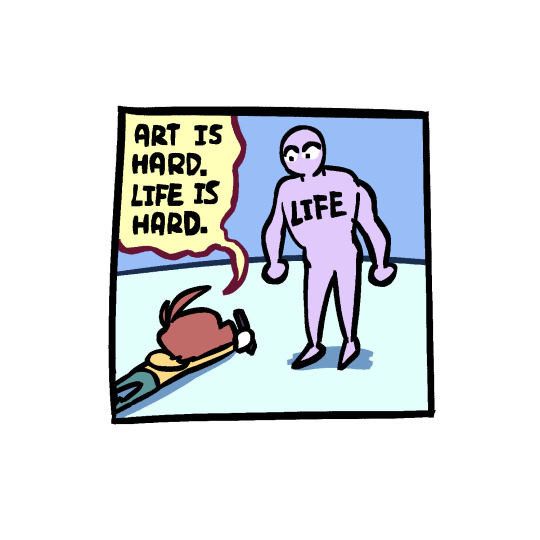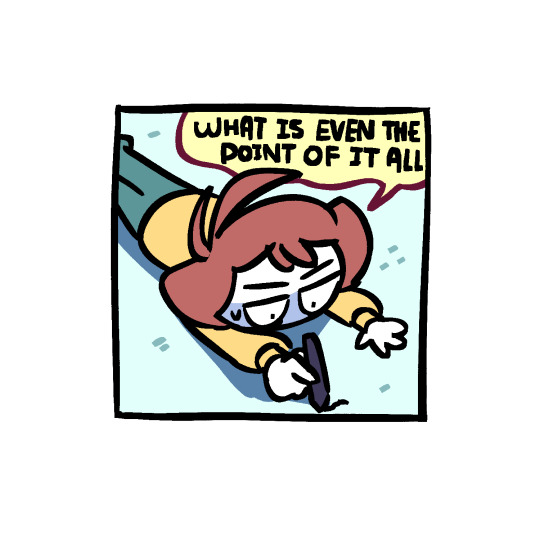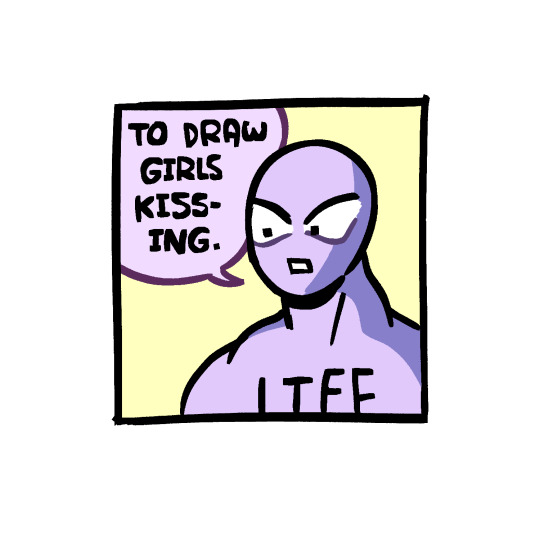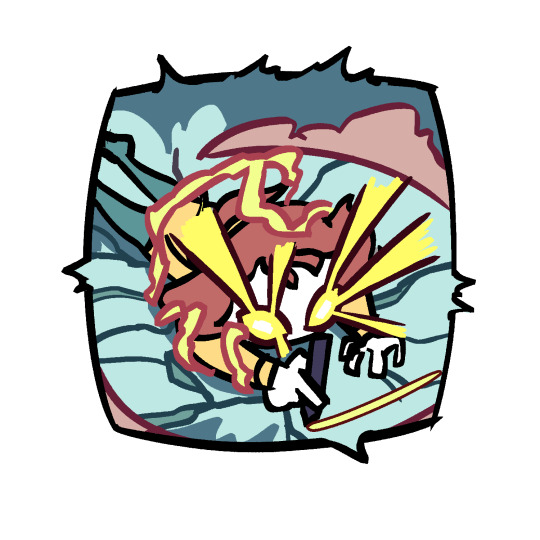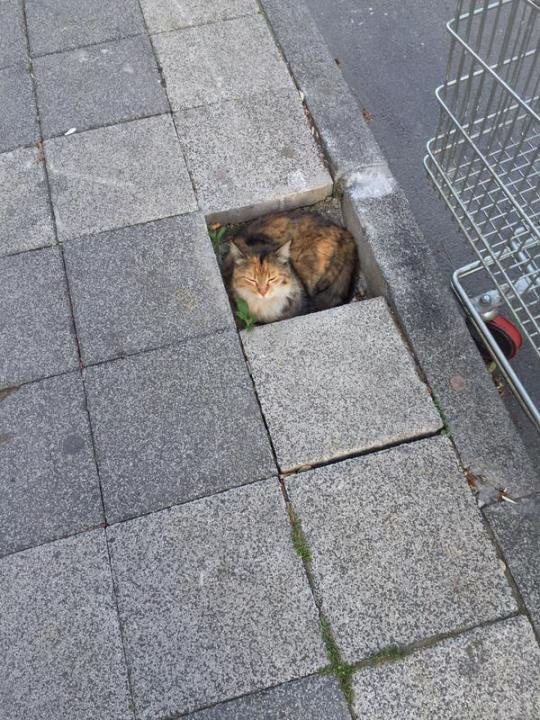Hello, my pronouns are they/them and the profile picture is done by jeanty_art on Twitter and the photograph Sun Field in Sunset is done by Tu Xa Ha Noi on fine art america
Last active 2 hours ago
Don't wanna be here? Send us removal request.
Text
Day 24093 This is my house. I won’t allow anyone to harm it. There should have been no more intruders after the last one. I do not want these people here. They will leave-
Day 24095 They are siblings. They are loud. Always singing and talking and stomping. As if they must be louder than anything else.
Day 24106 There are bolts on the door now. Bolts and hideous, gaudy new locks. How dare they-
Night 24112 I was going to fill the night with terrors. But he woke up screaming before I began. She came running from the other room. They sleep right across the hall from each other, with the doors on a crack. …they are young, are they not, to be living on their own. Was I ever so young?
Day 24114 She has fixed the squeak in the door at the top of the stairs. It never squeaked when I still lived.
Day 24121 The noise of the doorbell scares them. But they get so many deliveries. It is a good bell. It has worked all these years- I can see one of the men coming now with his packages, trudging up to the door. …perhaps if I knock before he is here, they will come and look before he can sound the bell.
Day 24129 He is planting flowers in boxes on my windowsills. I always wished I could have some flowers.
Night 24137 She is afraid of the dark. I could see it in her eyes when she got out of bed. …I lit the lamps for her.
Day 24142 They have moved the couch to the sun spot a little to the right of the window. That is where I used to have my armchair. It is the only sensible place for it.
Day 24163 Sometimes the noises of the world are suddenly too much for him. He winces and tries not to sway his head. This is my house. …I can keep it calm and quiet for a while.
Day 24178 She just got a phone call and now they are both laughing. Laughter is a good sound, isn’t it. They said this house has been good luck…
Night 24205 They are singing in our kitchen. He found my cookbook in the gap at the back of the kitchen cabinet and now they are trying to cook. They wanted to start with the soufflé. They don’t even know how to make béchamel! I turned the page to the casserole instead.
Day 24236 This is my house. These are my boarders. I won’t allow anyone to harm them.
65K notes
·
View notes
Text
Shoutout to the maned wolf, which is technically neither wolf nor fox but has its own genus called Chrysocyon! Why -

why are your legs so long?
I mean, intellectually, I understand that it’s because you live in grasslands and have evolved to be able to see over the grass, but emotionally… why? Are they?? Like that??? Surely there was a way to make your body more cohesive and proportional-looking?
131K notes
·
View notes
Note
Hello, my friend,
How are you and your family? I hope everyone is doing well and in the best of health.
I am Mina Cros 🌹, and I have a Palestinian family friend consisting of eight members. The father of this family is suffering from malignant cancer, and the rest of the family is dying of hunger.
So, please, if you can donate to this family, do so through the donation link in the bio of my blog. If you cannot, kindly share this story to reach the largest number of donors. If you have other platforms, share it there as well.
Thank you very much, and I wish you the best.
Your friend, Mina Cros 🌹
Hello, Mina ^^ ; my family's doing well and I'm just a little bit eep. Sadly I myself I don't have too much money right now, sense my Chase account wants to shank me currently (-‿-").


if you're able to donate you can go to

but if you're not able to that's completely fine ^^, just by interacting with this post or going to @mina-cros & @abdalsalam1990 and interacting with their post over there really helps ヾ(〃^∇^)ノ♪
I would also like to note that Nader's banner for their Tumblr is very cute

1 note
·
View note
Note
URGENT HELP SAVE THE LIFE OF MY CHILD
Dear humanity,
Please Help Me – My Son May Die at Any Moment.
I'm Amal, a mother of three children, living under the weight of the genocide taking place in Gaza. 🍉
My son is suffering from a severe and life-threatening injury after being shot by Israeli drones. He urgently needs medical treatment outside Gaza.

Time is running out, and we are facing a critical situation. I am asking for your generosity to help us save him either through a donation or by sharing this urgent plea with others
I beg you, i kiss your feet, to help my son. My son may die at any moment
I lost most of my family. I'm afraid to lose my son too 🥺
Mohammed deserves to live a happy and healthy life, just like every other child on this earth.
So I humbly ask you to donate even a little or at least reblog this appeal.
Please Donate now:👇
https://gofund.me/2f20a398
Ddonate Via Paypal 👇
https://www.paypal.com/donate
If you're able to donate to help with Amal's son, Mohammed's medical treatment and possible doctor's bill. You can go to their GoFundMe page at
or to their PayPal at
but if you're not able to donate, that's fine ^^ just by engaging with this post really helps or going over to their blog at @amal-alkfarnaa1 and interacting with original post over there really helps (ノ^▿^)ノ*:・✧
0 notes
Note
Hello, 🌸
I hope my message finds you well
I'm Momen Al Madhoun/ Digital Artist/ From Gaza 🇵🇸
I need your help to amplify my voice by sharing my artwork
"The work is about my beloved wife's suffering during a year of genocide" 🕊️
Please reblog my post and donate if you can 🙏🏻
Post Link
Thank you for your time 🌹🌹
Hej hej, thank you and to you as well ^^. And hello it's nice to meet you Momen Al Madhoun.




if you like what you see you can go to @momenalmdhoun & @lenaps and follow him there ^^
and if you would like to or can donate to help out his family, you can go to his GoFundMe at

1 note
·
View note
Text

Life cycle of our Sun, from beginning to end~
145K notes
·
View notes
Text

Happy New Year everyone and happy holidays ヽ(o^ ^o)ノ
#happy new year#happy holiday season!!! ❄⛄🎄#bungo stray dogs#bsd#Ichiyō Higuchi#sorry that I haven't been posting stuff lately#I've just been busy with starting up school again and along with some burnout and dealing with my depression and all that#but hopefully I'll have some time to reply to some of your asks sometime soon ^^
5 notes
·
View notes
Text

🌈🎪The circus is in town!!🎈✨
Hello hello! My cute clay pins are officially open for grabs!🌈🌼✨
If you see a pal you’d like, please comment below or dm me and we’ll go from there! All pins are $26 (sweaters are $30) and include free s&h / US only!✨
I only have 4 pins of each design so act fast! 💨
Here’s what’s up for grabs!
• Piero the puppy clown 🐶🎪✨
• Noodle the Party Worm 🪱🎈
• Lil Dexter Worm❤️💛💙
• Clown Cloud🌈☁️
• Little Rock Star ⭐️���✨
• Wizard Frogs ✨Fern & Fran✨
• Rainbow Daisy Sweater 🌈🌼
382 notes
·
View notes
Photo

A digital artist attempts Inktober, days 13 to 15, “Teeming”, “Fierce” and “Mysterious”, another comic adaptation of a @microsff tweetstory, words by O. Westin.
Transcript: An A5 sketchbook page showing a black inked 3 panel comic using ‘Medieval’ style captions with elaborate letters and large illuminated first letters decorated with flowers. The borders between panels are twisted vines in the style of medieval manuscripts.
Panel 1: “Nobody dared go near the tower”, a cobbled road towards a building has become overgrown and gone into disrepair. The fence to one side has been broken and a rough track has been worn into the hillside, diverting the road away from the tower.
Panel 2: “A fearsome dragon sat at the top”, a huge feline dragon looks down from a tall tower, on which it barely fits, well above the tops of the trees. It has large scaled craws, an armoured tail, but no wings,
Bottom caption: “Until one day, a knight rode up”
Panel 3: An armoured knight shouts up to the tower, “DO YOU NEED HELP TO GET DOWN?”
The huge head of the dragon leans down the side of the building to look pleadingly at the armoured figure, and says “Please.”
3 notes
·
View notes
Video
Baby fox steals fish from fisherman (🔊)
218K notes
·
View notes
Photo
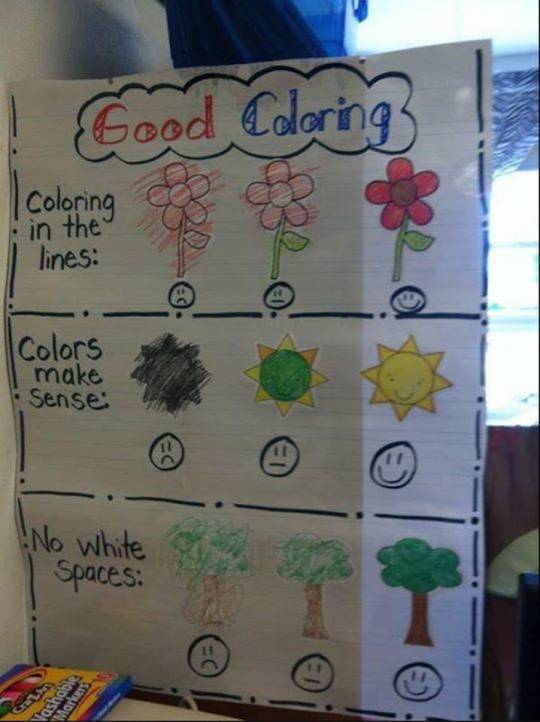
Once a little boy went to school. One morning The teacher said: “Today we are going to make a picture.” “Good!” thought the little boy. He liked to make all kinds; Lions and tigers, Chickens and cows, Trains and boats; And he took out his box of crayons And began to draw.
But the teacher said, “Wait!” “It is not time to begin!” And she waited until everyone looked ready. “Now,” said the teacher, “We are going to make flowers.” “Good!” thought the little boy, He liked to make beautiful ones With his pink and orange and blue crayons. But the teacher said “Wait!” “And I will show you how.” And it was red, with a green stem. “There,” said the teacher, “Now you may begin.”
The little boy looked at his teacher’s flower Then he looked at his own flower. He liked his flower better than the teacher’s But he did not say this. He just turned his paper over, And made a flower like the teacher’s. It was red, with a green stem.
On another day The teacher said: “Today we are going to make something with clay.” “Good!” thought the little boy; He liked clay. He could make all kinds of things with clay: Snakes and snowmen, Elephants and mice, Cars and trucks And he began to pull and pinch His ball of clay.
But the teacher said, “Wait!” “It is not time to begin!” And she waited until everyone looked ready. “Now,” said the teacher, “We are going to make a dish.” “Good!” thought the little boy, He liked to make dishes. And he began to make some That were all shapes and sizes.
But the teacher said “Wait!” “And I will show you how.” And she showed everyone how to make One deep dish. “There,” said the teacher, “Now you may begin.”
The little boy looked at the teacher’s dish; Then he looked at his own. He liked his better than the teacher’s But he did not say this. He just rolled his clay into a big ball again And made a dish like the teacher’s. It was a deep dish.
And pretty soon The little boy learned to wait, And to watch And to make things just like the teacher. And pretty soon He didn’t make things of his own anymore.
Then it happened That the little boy and his family Moved to another house, In another city, And the little boy Had to go to another school.
The teacher said: “Today we are going to make a picture.” “Good!” thought the little boy. And he waited for the teacher To tell what to do. But the teacher didn’t say anything. She just walked around the room.
When she came to the little boy She asked, “Don’t you want to make a picture?” “Yes,” said the little boy. “What are we going to make?” “I don’t know until you make it,” said the teacher. “How shall I make it?” asked the little boy. “Why, anyway you like,” said the teacher. “And any color?” asked the little boy. “Any color,” said the teacher. And he began to make a red flower with a green stem.
~Helen Buckley, The Little Boy
260K notes
·
View notes







